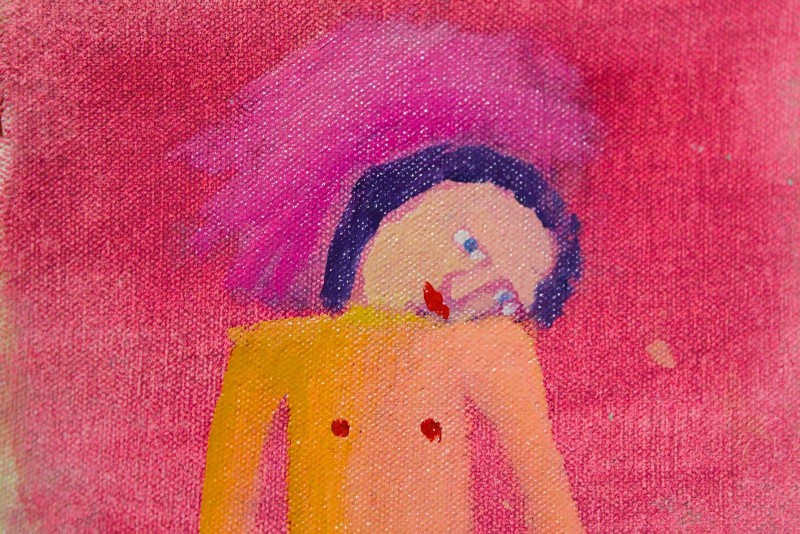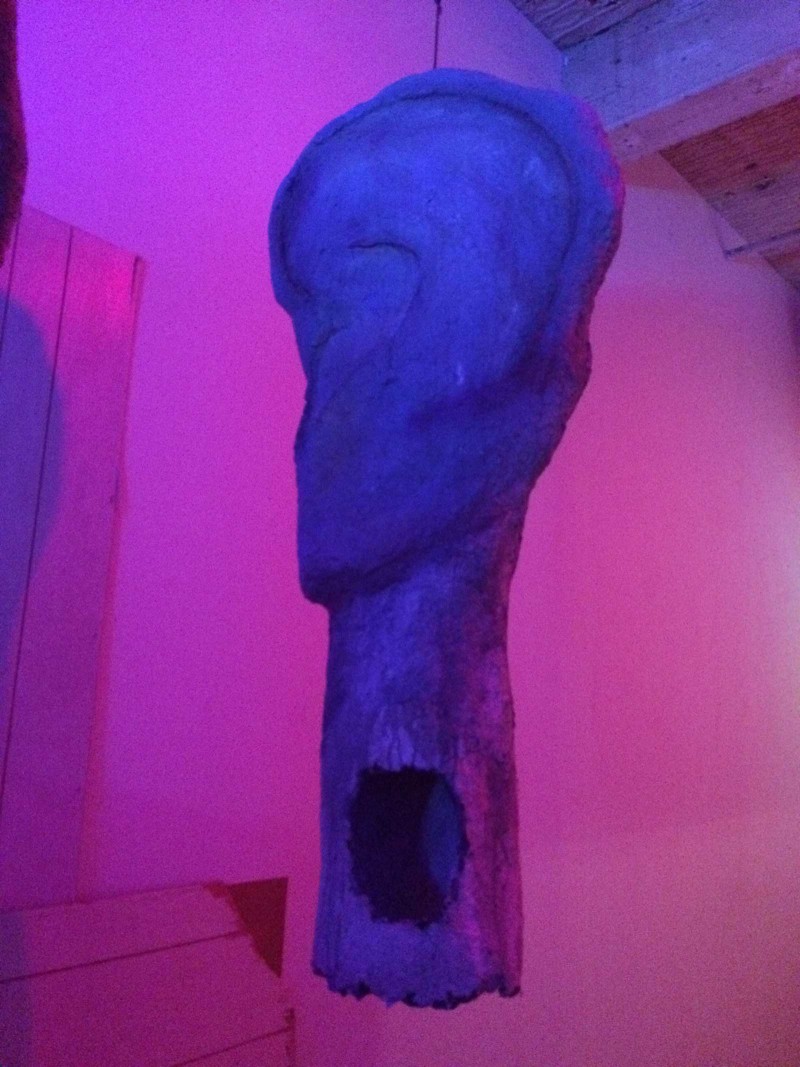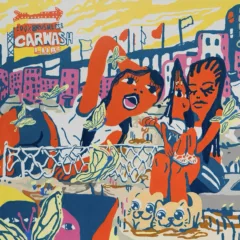“We speak of Time and Mind, which do not easily yield to categories. We separate past and future and find that Time is an amalgam of both. We separate good and evil and find that Mind is an amalgam of both. To understand, we must grasp the whole.” – Isaac Asimov

Ashley Wick’s exhibition, I Lost My Head, at Marginal Utility, is about to come to an end, but we will be seeing a great deal more of her work in the future. Wick makes mysterious, hypnotic, stop-motion animations with mantric and poetic narrations she composes, which are emotional and non-anthropocentric. The three clips we have included here, “The World is Dead,” “Lovesong,” and “Look How Curious I Am” (all courtesy of the artist) will give you some notion of what they are like.
Ashley Wick, “The World Is Dead”
Ashley Wick, “Lovesong”
Ashley Wick, “Look How Curious I Am”
The absurd as a means of understanding the world
Marginal Utility’s David Dempewolf places Wick’s animations in line with those of the prominent South African artist William Kentridge and the performance work of Simon Forti. I think the analogy to Kentridge is particularly apt, although Wick’s work is less political and subversive than Kentridge’s. You may recall Kentridge’s 2010 production of “The Nose” at the MET, adapted from the Shostakovich opera based upon the story by Gogol, which features a man separated from, and searching for, his nose. As to which Kentridge has remarked that the absurd, with its rupture of rationality and of conventional ways of seeing the world, is really an accurate and productive way of understanding the world. I think much the same can be said about Ashley Wick’s work. Indeed, the centerpiece of I Lost My Head is a piece entitled “Ear God: Mystical Shortcoming,” and one of her hanging papier-mâché sculptures is a giant ear headdress which you can slip your head into, embody and experience. See below, and as demonstrated here:

The influence of René Loux’s “Fantastic Planet”
Wick’s animations are filmed from small, innocent, brilliantly colored (a la Émile Bernard) oil paintings which she repaints over and over again. When I asked the artist about who has influenced her work, she duly credited her critics at PAFA, from which she graduated in 2013: Katherine Bradford and Neysa Grassi. She also expressed her admiration for artist Robert Ashley and for the stop-animations of Nathalie Djurberg and Hans Berg. But her eyes lit up when she talked about the influence of René Loux’s 1973 acclaimed animated film “Fantastic Planet” (“La Planète Sauvage”).
A word about “Fantastic Planet” is in order here, because I think it helps to understand Wick’s unique perspective. In the film, humanity has been captured and transported from Earth to a distant planet by creatures, called Traggs, hundreds of times our size. The Traggs, whose preferred activity is meditation, call humans Oms and keep them as pets for their own amusement, or treat them as vermin to be exterminated, not realizing that they are capable of higher thought. Ultimately the Oms rebel to escape the persecution of the supposedly civilized Traggs. The story explores themes related to the difficulties of communication, the dangers of acquiring power without understanding, the inability of humanity to appreciate its place within an ecosystem, and the inseparability of beauty and cruelty. Loux highlights the monstrous side of apparently refined civilizations, which treat other living beings deemed inferior with cruelty, exposing the dangers inherent in establishing a hierarchy between species or races.
Wick creates worlds that are designed to be immersive. Her narratives are highly personal: they are interiors, they are raw and crusty and emotive, and they explore themes around love, loss, crisis, and death. Her work invokes feelings about the earth we inhabit, about our fragility and vulnerability, about our fears and our passions, and about what we are doing to the earth and to each other.
Wick, 29, lives and works in Philadelphia. She is married to, and collaborates with, the musician Yona Davidson, who performs with Iris Freeheart and Ello Shertzer. A fine review of her show I Lost My Head, by Samantha Mitchell, appears in the January 7, 2016 edition of Title Magazine. Keep your eye (and ear) out for her.
I Lost My Head is on display at Marginal Utility through Jan. 17, 2016.









